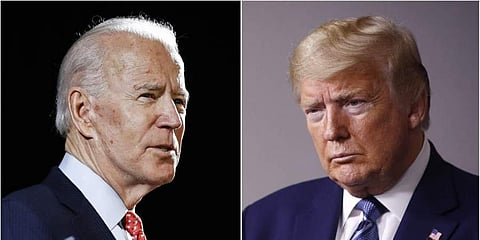

Popularity isn't the key factor that decides the President of the United States of America. Picture the previous presidential elections of 2016, when the popular sentiment rooted for the return of another Clinton to the White House, the Electoral College votes did swing the other way. The result? Despite being the popular candidate, Hilary Clinton lost the polls to Donald Trump.
While this may seem bizarre to an average Indian voter, let us remind you that this did not happen for the first time in American history. During the 2000 Presidential election, fought between the Democrat Albert Arnold Gore Jr and the Republican George W Bush also saw a similar fate. While the former won 48.38 per cent of the popular votes, the latter could only gather 47.87 per cent. However, the Electoral College favoured Bush, who got 271 out of the 538 votes.
What is the electoral college anyway? Is it an actual college?
Duh, no.
According to the constitution of the United States, the Electoral College is the group of presidential electors (sort of like our MPs) required to elect the President and the Vice President. Each state has a certain number of electors (California with a maximum of 55 electors). The process of choosing potential electors varies from state to state.
Now during the elections, the voters end up voting for the electors from their constituency and not the actual presidential candidate. These elected voters, who form the electoral college get together on the first Monday after the second Wednesday in December and cast their official votes.
This essentially means that a candidate can emerge to be the President if they win 12 states with the most number of electoral votes. This is why constituencies like California, Texas (with 38 votes), Florida and New York (with 29 votes each) are important. The system was often debated and since the 2016 elections and there has been a popular demand to do away with the system completely.
Ever been a time when even the electors couldn't choose the POTUS?
In 1824, neither the people nor the electoral college favoured the then Democratic-Republican presidential candidate John Quincy Adams. Neither Adams, nor his opponent Andrew Jackson secured the required amount of electoral votes. Jackson, however, secured more votes than Adams. He was the popular candidate too. However, later, the House of Representatives in a contingent election elected Adams as the President.
